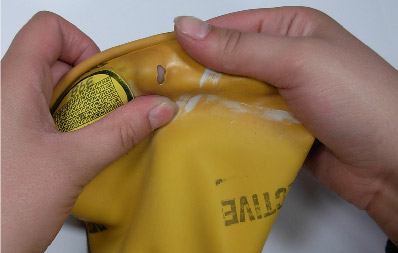
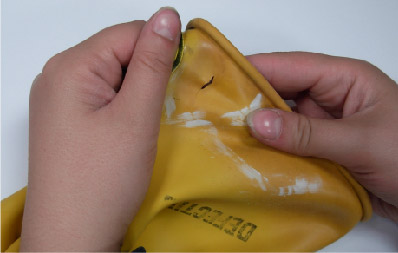
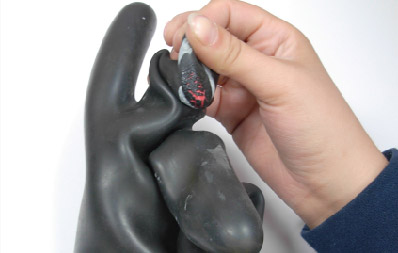
Lineman's Testing Laboratories recommends proper care and regular maintenance of your personal protective equipment to ensure its electrical integrity. By doing so, your PPE will do its job so that you can do yours safely.
Insulating Rubber Gloves Back to Top ▲


To maintain the highest level of insulating protection and ensure long life, gloves are to be properly cared for, stored, inspected and electrically tested on a regular basis. Gloves should be visually inspected inside and out before each use. Do not use if gloves show signs of cuts, severe scratches, holes, cracks, burns, ozone cutting or loss of normal elasticity. Please refer to ASTM F496. LTL recommends two pairs of insulating rubber gloves of same voltage class for testing rotation cycle to ensure a pair of electrical gloves are ready to go when you are!
Lineman's Testing Laboratories adheres to testing procedures in accordance to ASTM F496. ASTM F496 For in-service care of insulating gloves and sleeves: re-test requirements not to exceed six months. Infrastructure Health & Safety Association (E&USA Rule 134) recommends testing of insulating rubber gloves every 90 days in a certified testing laboratory.
Live Line Tools Back to Top ▲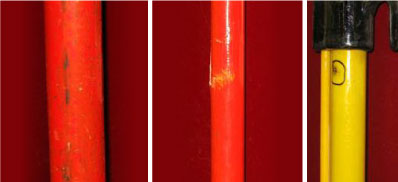
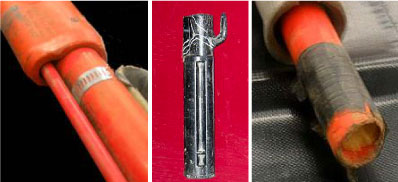
Live line tools are to be visually inspected before and after each use. The surface of the tool should have a smooth glossy surface. Check for deep cuts, scratches, nicks, gouges or signs of bruising or crushing. Pay special attention to the tip or working section of the tool. If any defects are found on the tool surface, the tool should be tagged, removed from service and sent to LTL for repair. Please refer to IEEE 978-1984. LTL recommends annual laboratory cleaning, inspection, waxing, and testing of fiberglass tools to ensure safety and to extend the life of your live line tools.